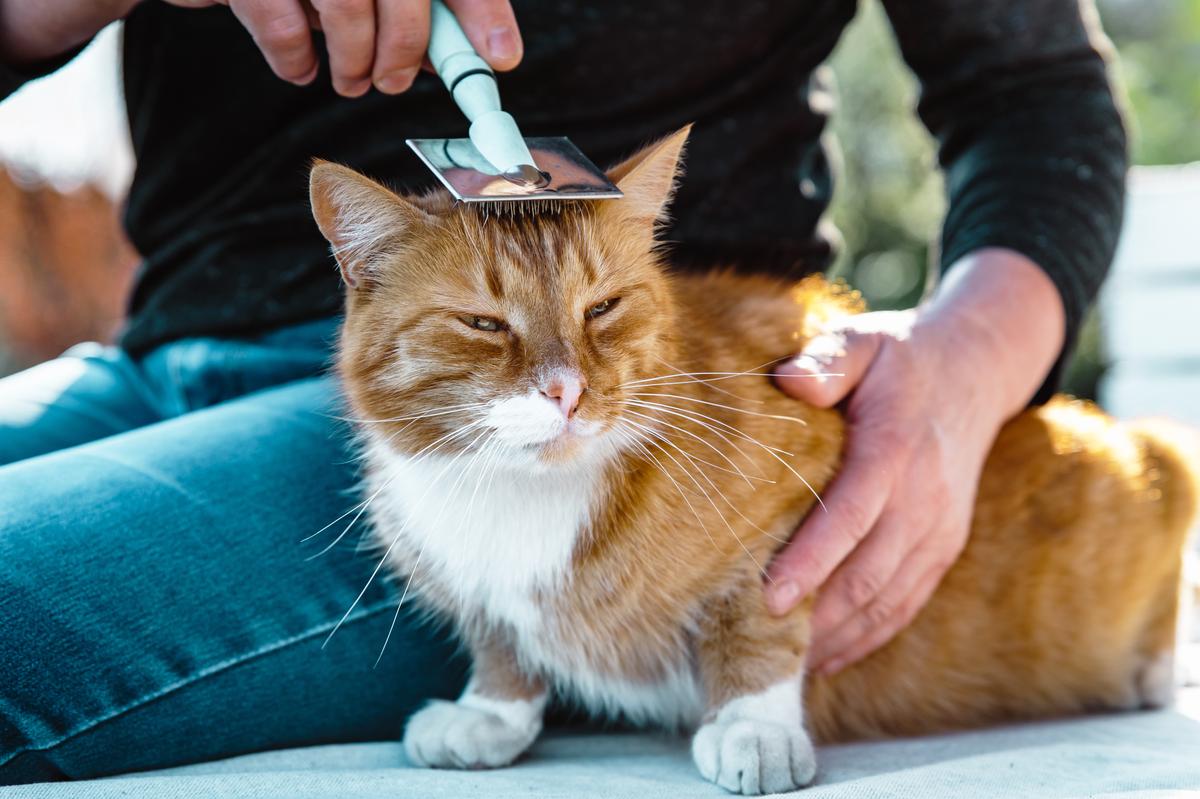Bringing a cat into your home can be a delightful experience. Cats are known for their independence, grace, and affectionate nature. As a responsible cat owner, it’s crucial to understand the essentials of cat care to ensure your feline friend lives a happy and healthy life. In this comprehensive guide, pet barn will explore various aspects of cat care, from providing a safe environment to meeting their nutritional needs, grooming, m ental and physical stimulation, and maintaining their overall well-being. Let’s dive into the world of cat care and discover how to be the best caregiver for your beloved feline companion.
1. Creating a Safe and Stimulating Environment
First and foremost, creating a safe and stimulating environment for your cat is vital. Ensure that your home is free from any potential hazards, such as toxic plants, small objects that can be swallowed, or open windows without protective screens. Set up a cozy and comfortable space for your cat to retreat to, complete with a comfortable bed scratching posts, and interactive toys to keep them entertained. Additionally, consider providing vertical spaces like cat trees or shelves to satisfy their natural instinct to climb and perch. Cats appreciate having hiding spots and high vantage points to observe their surroundings.
2. Feeding and Nutrition
Proper nutrition is crucial for your cat’s health and well-being. Choose high-quality cat food that meets their specific nutritional requirements. Consult with your veterinarian to determine the appropriate portion sizes and feeding schedule for your cat’s age, size, and activity level. Cats are obligatory carnivores, meaning their diet should primarily consist of animal protein. Look for cat food that contains a balanced mix of protein, fats, carbohydrates, vitamins, and minerals. Fresh water should always be available to keep your cat hydrated. Avoid feeding them human food, as many common ingredients can be harmful to cats, including chocolate, onions, garlic, and certain dairy products.
3. Grooming and Hygiene
Regular grooming is essential to keep your cat’s coat and skin healthy. Brushing your cat’s fur helps remove loose hair and prevents matting. Depending on your cat’s breed and coat length, you may need to groom them daily or weekly. Long-haired cats may require more frequent brushing to prevent tangles and hairballs. Additionally, trim your cat’s nails regularly to prevent them from becoming too long or sharp. Introduce grooming gradually and reward your cat with treats and positive reinforcement to make it a positive experience. Cats also appreciate gentle ear cleaning and dental care. Don’t forget to schedule regular visits to the veterinarian for vaccinations, check-ups, and dental care.
4. Providing Mental and Physical Stimulation
Cats are intelligent and curious creatures that require mental and physical stimulation to thrive. Engage your cat in interactive play sessions using toys that mimic prey, such as feather wands or laser pointers. Allow them to pounce, chase, and engage their natural hunting instincts. Provide scratching posts to satisfy their instinct to scratch and stretch, which also helps keep their claws healthy. Consider rotating their toys regularly to keep them engaged and prevent boredom. Creating a stimulating environment with perches, hiding spots, and puzzle toys can also provide mental enrichment for your cat. Puzzle toys that dispense treats or require problem-solving can keep their minds sharp and provide a rewarding challenge.
5. Maintaining a Healthy Lifestyle
Just like humans, cats need regular exercise to maintain a healthy weight and prevent obesity-related issues. Encourage playtime and provide opportunities for your cat to climb, jump, and explore. Interactive toys that encourage movement, such as treat-dispensing balls or puzzle feeders, can help stimulate their natural hunting instincts while keeping them physically active. Consider providing a secure outdoor enclosure or supervised outdoor time to allow your cat to experience the sights, sounds, and smells of the outside world. However, ensure that the outdoor area is safe and free from potential dangers or toxic plants.
6. Monitoring Health and Well-being
Being vigilant about your cat’s health is crucial. Watch for any changes in behavior, eating habits, litter box usage, or physical appearance. Cats are known for hiding signs of illness, so it’s important to be observant and schedule regular veterinary check-ups to monitor your cat’s overall health and address any potential issues promptly. Stay up-to-date with vaccinations and parasite prevention, including flea and tick control. It’s also important to spay or neuter your cat to prevent unwanted pregnancies and potential health problems. Regular dental care is essential to maintain good oral health and prevent dental disease, which is common in cats.
Providing comprehensive care for your cat is an ongoing commitment and a labor of love. By creating a safe and stimulating environment, addressing their nutritional needs, grooming them regularly, providing mental and physical stimulation, maintaining a healthy lifestyle, and monitoring their health, you can ensure your cat leads a happy and fulfilling life. Remember, each cat is unique, and understanding their individual preferences and needs will help you tailor their care accordingly. Embrace the journey of cat ownership and cherish the special bond you share with your feline companion. With proper care and attention, your cat will thrive and bring you endless joy and companionship for years to come.

